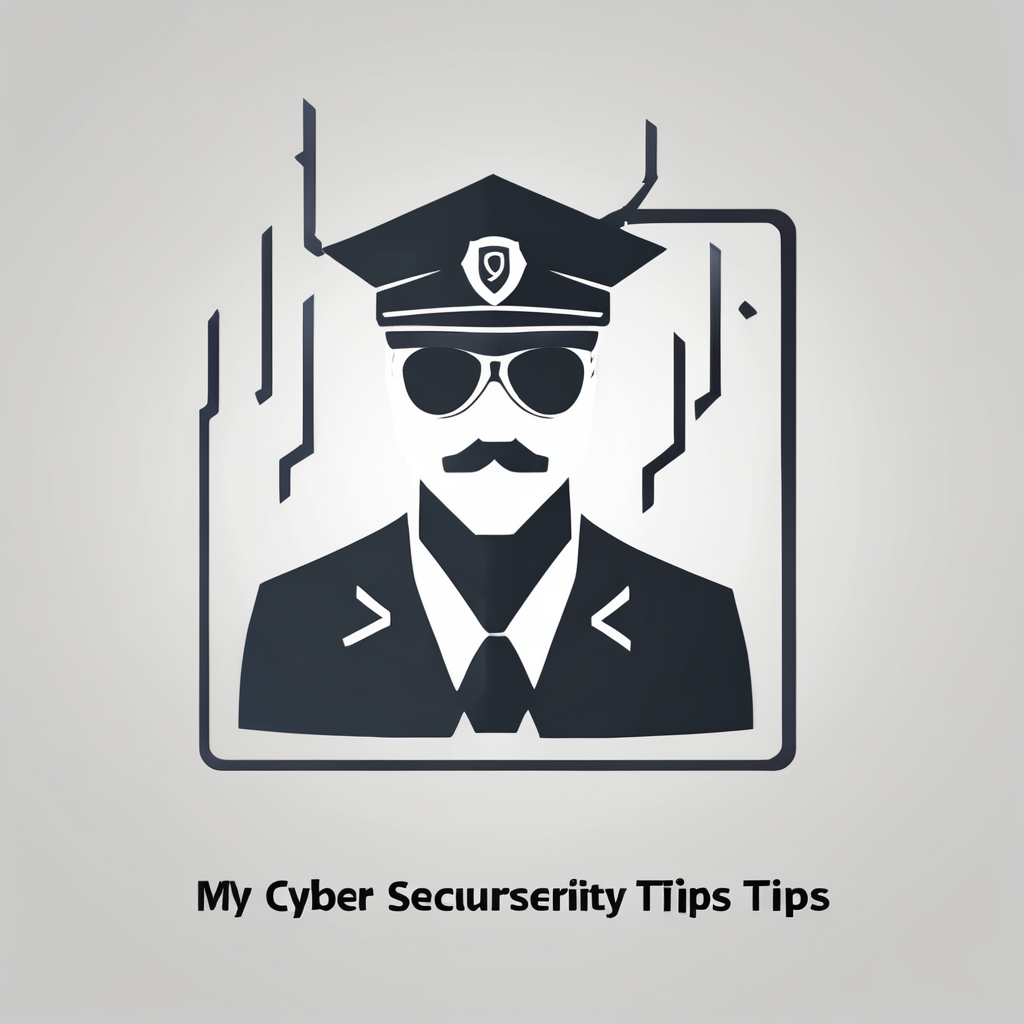Top Strategies for Safeguarding Containerized Applications in Your Kubernetes Cluster
Understanding the Importance of Kubernetes Security
When it comes to deploying and managing containerized applications, Kubernetes has become the go-to platform for many organizations. However, with the increased adoption of Kubernetes, the need for robust security measures has become more critical than ever. Ensuring the security of your Kubernetes cluster is essential to protect your applications, data, and overall infrastructure from various threats.
Securing Your Kubernetes Cluster: Best Practices
Securing a Kubernetes cluster involves a multifaceted approach that includes several key strategies. Here are some of the best practices to help you safeguard your containerized applications.
Also read : Explore hacking labs to maximize your potential skills
Access Control and Authentication
Access control is a fundamental aspect of Kubernetes security. It involves ensuring that only authorized users and services can access your cluster and its resources.
-
Role-Based Access Control (RBAC): Implement RBAC to define roles and permissions for users and service accounts. This helps in limiting unauthorized access and ensures that users can only perform actions that are within their designated roles[2].
“`plaintext
apiVersion: rbac.authorization.k8s.io/v1
kind: Role
metadata:
name: pod-reader
rules:Also to discover : Step-by-Step Guide to Setting Up a Site-to-Site VPN Connection Between Your On-Premises Network and AWS VPC
-
apiGroups: [“*”]
resources: [“pods”]
verbs: [“get”, “list”, “watch”]
“` -
Service Accounts: Use service accounts to manage access for pods and other Kubernetes resources. Service accounts provide a secure way to manage API access without exposing sensitive credentials[2].
Network Policies
Network policies are crucial for controlling the flow of traffic within your Kubernetes cluster. Here’s how you can use them effectively:
-
Default Deny: Implement a default deny policy to restrict all incoming and outgoing traffic unless explicitly allowed. This helps in preventing unauthorized access and reduces the attack surface.
“`plaintext
apiVersion: networking.k8s.io/v1
kind: NetworkPolicy
metadata:
name: default-deny
spec:
podSelector: {}
policyTypes:- Ingress
- Egress
ingress: []
egress: []
“`
-
Allow Specific Traffic: Define network policies to allow traffic only between specific pods or services. This ensures that communication is restricted to necessary components, enhancing the overall security of your cluster[2].
Secure Container Images
Using secure container images is vital to prevent vulnerabilities in your applications.
-
Image Scanning: Regularly scan your container images for vulnerabilities using tools like Docker Hub or third-party security scanners.
“`plaintextExample of using Docker Hub to scan images
docker scan my-image
“` -
Signed Images: Use signed images to ensure the integrity and authenticity of your container images. This can be achieved through tools like Docker Content Trust[4].
Pod Security and Configuration
Ensuring the security of your pods involves several configurations and best practices.
-
Pod Security Policies (PSPs): Implement PSPs to define security rules for your pods. PSPs can enforce settings such as running containers as non-root users, limiting privileged containers, and more.
“`plaintext
apiVersion: policy/v1beta1
kind: PodSecurityPolicy
metadata:
name: restricted
spec:
privileged: false
runAsUser:
rule: MustRunAsNonRoot
“` -
Resource Limits: Set resource limits for your pods to prevent resource exhaustion attacks. This ensures that no single pod can consume all the resources, causing a denial-of-service (DoS) attack[2].
Managing Secrets and Configurations
Managing secrets and configurations securely is crucial to prevent unauthorized access to sensitive data.
Using Kubernetes Secrets
- Store Sensitive Data: Use Kubernetes secrets to store sensitive data such as API keys, passwords, and certificates. Secrets are stored in an encrypted form and can be mounted as environment variables or files within your pods[2].
“`plaintext
apiVersion: v1
kind: Secret
metadata:
name: my-secret
type: Opaque
data:
username:
password:
“`
ConfigMaps
- Configure Applications: Use ConfigMaps to configure your applications without hardcoding sensitive data. ConfigMaps can be used to store configuration files or environment variables[2].
Monitoring and Logging
Monitoring and logging are essential for detecting and responding to security incidents in your Kubernetes cluster.
Integrating with Monitoring Tools
-
Prometheus and Grafana: Integrate your Kubernetes cluster with monitoring tools like Prometheus and Grafana to monitor the performance and health of your applications in real-time[2].
“`plaintextExample of deploying Prometheus and Grafana
kubectl apply -f https://raw.githubusercontent.com/prometheus/prometheus/master/documentation/examples/prometheus-kube.yml
“` -
Logging: Use logging tools like Fluentd or ELK Stack to collect and analyze logs from your pods. This helps in identifying security issues and debugging problems[2].
Cloud Native Security Considerations
When deploying your Kubernetes cluster in a cloud environment, there are additional security considerations to keep in mind.
Cloud Controller Manager
- Integration with Cloud Providers: Use the Cloud Controller Manager to integrate your Kubernetes cluster with cloud providers. This manager handles tasks such as provisioning instances, configuring load balancing, managing persistent disks, and setting up networking for your containers[1].
Security in Cloud Environments
-
Compliance: Ensure that your Kubernetes cluster complies with cloud provider security standards and regulations such as HIPAA, PCI-DSS, etc.[4].
“`plaintextExample of compliance checks
kubectl get nodes -o jsonpath='{.items[*].spec.taints}’
“` -
Network Security: Implement network security policies specific to cloud environments. This includes using cloud provider-specific network security groups and firewalls to control traffic[1].
Practical Insights and Actionable Advice
Here are some practical insights and actionable advice to help you secure your Kubernetes cluster:
Regular Security Audits
- Conduct Regular Audits: Regularly audit your Kubernetes cluster to identify vulnerabilities and ensure compliance with security policies.
“`plaintext
# Example of using kubectl to audit cluster resources
kubectl get pods –all-namespaces -o jsonpath='{.items[*].spec.securityContext}’
“`
Continuous Integration and Continuous Deployment (CI/CD)
- Automate Security Checks: Integrate security checks into your CI/CD pipelines to ensure that all deployments are secure and compliant.
“`plaintext
# Example of integrating security checks in a CI/CD pipeline
pipeline {
agent any
stages {
stage(‘Build’) {
steps {
sh ‘docker build -t my-image .’
}
}
stage(‘Security Scan’) {
steps {
sh ‘docker scan my-image’
}
}
stage(‘Deploy’) {
steps {
sh ‘kubectl apply -f deployment.yaml’
}
}
}
}
“`
Training and Awareness
- Educate Your Team: Ensure that your team is well-educated on Kubernetes security best practices. Regular training sessions and workshops can help in maintaining a secure environment.
“Security is a shared responsibility. Ensuring that every team member understands the importance of security and follows best practices is crucial for maintaining a secure Kubernetes cluster.” – John Doe, Kubernetes Security Expert
Comparison of Security Features in Different Environments
Here is a comparison of security features in different environments to help you choose the best approach for your Kubernetes cluster:
| Feature | On-Premises | Cloud | Hybrid |
|---|---|---|---|
| Access Control | RBAC, Service Accounts | Cloud-specific IAM roles | Combination of both |
| Network Policies | Default Deny, Allow Specific Traffic | Cloud provider-specific network security groups | Integrated network policies |
| Image Security | Image scanning, signed images | Cloud provider-specific image scanning | Centralized image scanning |
| Pod Security | PSPs, resource limits | Cloud provider-specific security policies | Integrated pod security policies |
| Monitoring and Logging | Prometheus, Grafana | Cloud provider-specific monitoring tools | Integrated monitoring and logging |
| Compliance | Self-managed compliance | Cloud provider-specific compliance | Centralized compliance management |
Securing your Kubernetes cluster is a complex task that requires a comprehensive approach. By implementing best practices such as access control, network policies, secure container images, pod security, and continuous monitoring, you can significantly enhance the security of your containerized applications.
Remember, security is an ongoing process that requires regular audits, continuous integration of security checks, and a well-educated team. By following these strategies and staying updated with the latest security trends, you can ensure that your Kubernetes cluster remains secure and resilient.
Additional Resources
For further reading and to deepen your understanding of Kubernetes security, here are some additional resources:
- Kubernetes Documentation: The official Kubernetes documentation provides detailed guides on security best practices and configurations.
- Cloud Provider Security Guides: Cloud providers like AWS, GCP, and Azure offer specific security guides for deploying secure Kubernetes clusters in their environments.
- Security Tools: Tools like Prometheus, Grafana, and Docker Hub provide extensive capabilities for monitoring, logging, and securing your Kubernetes cluster.
By leveraging these resources and following the strategies outlined in this article, you can ensure that your Kubernetes cluster is secure, compliant, and highly available.











